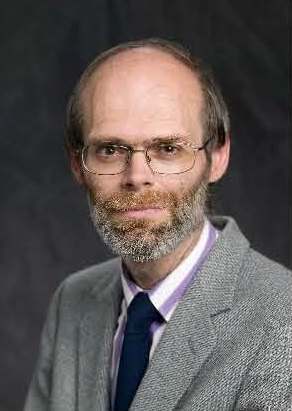- Generalized Generators of Very-High-Frequency Gravitational Waves Including Ring Devices (2009) [Updated 8 years ago]
- Generalized Generators of Very-High-Frequency Gravitational Waves Including Ring Devices (2009) [Updated 8 years ago]
A number of researchers have previously proposed methods of generating very-high frequency gravitational waves (VHFGWs) using various interactions and mechanisms. These included mechanical devices, electromagnetic actuators, film bulk acoustic resonators (FBARs) using magnetron excitation, and nuclear explosions. In most cases the generated VHFGW power is a minute fraction of the input power needed to create the required excitation. Only on using a nuclear interaction is the output power significant; however, this appears not to be a practical generation method that can potentially achieve wide usage, at least in the near future. When a number of sources interfere constructively the amplitudes add in direct proportion to the number of radiation-element pairs or sources, N, and the radiation pattern narrows correspondingly in proportion to 1/N. Thus, the generated radiation flux (power per unit cross-sectional area) is proportional to the square of the number of sources or radiation element pairs, N2. Therefore, far greater GW power is obtained by using a larger number of smaller sources (consisting of mass pairs) excited (or ?jerked?) in phase rather than by using a smaller number of large excited (jerked) masses. The present paper examines the consequences of this scaling law to find how to optimize the generation of VHFGW power from a general set of jerked masses so that the result derives from the combination of all the individual excitations. Extreme cases that can be readily achieved using conventional known technology are firstly to jerk a set of atomic nuclei in phase, and secondly to jerk a set of electrons in phase. The former case uses most of the available mass and the second case sacrifices the excitations available from the masses of the corresponding nuclei. Specific devices, consisting of a ring or tube formed of rings of infra-red-excited molecules or electrons, are suggested. Algebraic and numerical estimates are given of the corresponding VHFGW flux produced by these devices under energizing power. For the multi-ring design, theoretical estimates of the GW flux under optimum conditions reach values on the order of 1 ?W. These novel designs may possibly be the most efficient and practical laboratory-based GW generators suggested so far, a significant advance because of the well-known difficulty of generating GW having significant amplitude.


